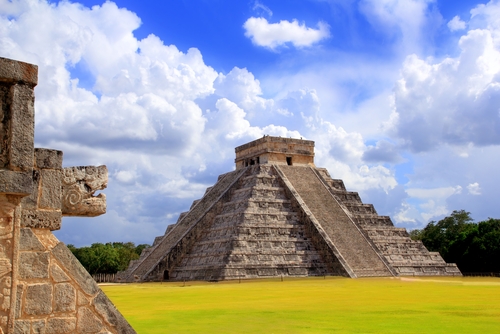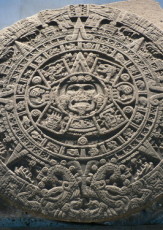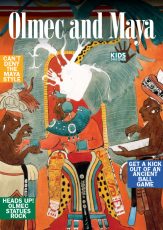As the Earth orbits annually around the sun, its axis changes direction, which is what makes days grow shorter in winter and longer in summer (north of the equator). This axial shift creates four events that divide the year into 91-day-long quarters:
– The winter solstice — the shortest day of the year
– The vernal (or spring) equinox — when night and day are of equal length
– The summer solstice — the longest day of the year
– The autumnal equinox — when night and day are again of equal length.
Ancient peoples may not have known how the Earth’s axis moves as we orbit the sun, but they were fascinated by the effects of this movement. Some devised ceremonial and agricultural calendars based on their observations, and some even built monuments that celebrated the annual cycle and its four important days. Such sites are found at England’s Stonehenge, Cambodia’s Angkor Wat, Guatemala’s Tikal, and other places.
You can visit one of the more dramatic equinox-inspired sites at Mexico’s Chichén Itzá, the remains of a large Mayan city that flourished from 750-1200 AD. The most prominent of Chichén Itzá’s temples and arcades is the Temple of Kukulkan, which is named for a Mayan serpent god.
Each of its four sides has 91 very steep steps, and the top platform forms the 365th step. (It’s like the whole building is a calendar!) The entire stepped pyramid is composed of nine larger steps, and twice a year, on the spring and autumnal equinoxes, the sun sets on just the right arc in the sky to cast a shadow of the pyramid’s edge onto the railing of the northern staircase.
That shadow creeps down the staircase’s edge until it connects to a stone statue of a snake’s head — the head of Kukulkan! — that sits at the bottom of the staircase with its fangs bared. When the shadow and the head connect, it looks like a huge diamondback snake is perched on the side of the temple. This phenomenon is also visible for a few weeks before and after the equinoxes, but it’s most dramatic on the equinoxes.






